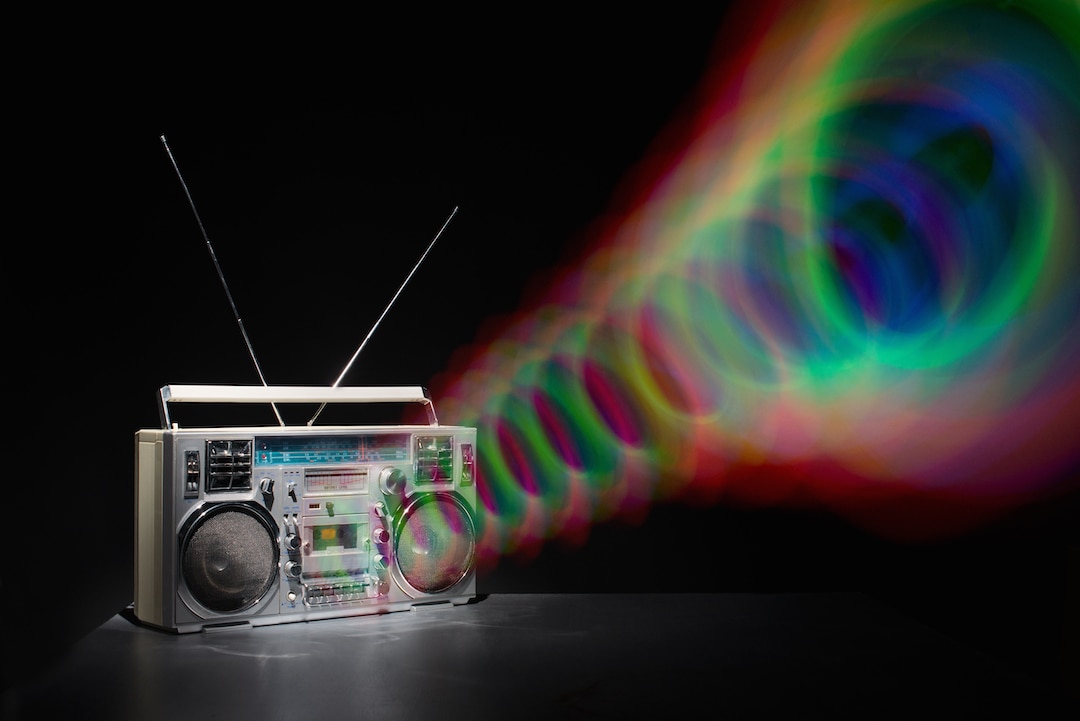Create a free profile to get unlimited access to exclusive videos, sweepstakes, and more!
Maybe turn it down a bit? 'Recreational noise' puts a billion young people at risk of hearing loss
Turn it down already.

Under the Electric Sky documents the story and lifestyles of attendees to the 2013 Electric Daisy Carnival in Las Vegas, the largest dance and music festival in the United States. The festival started as a one-day event but by 2013, it had expanded to a full three days of visual spectacle, including giant three-dimensional megastructures, glow in the dark environments and so much music. The event features house, techno dubstep… dance music mostly. Every year, the festival attracts hundreds of thousands of attendees and it’s probably fair to assume that some unhealthy choices get made along the way. You know what they say about Vegas, but the choice with the most life-altering consequences might be the one to attend a music festival at all.
A recent review and meta-analysis published in the journal BMJ Global Health found that more than a billion adolescents and young adults might be at risk of significant hearing loss as a consequence of unsafe listening practices. It may be true that parents just don’t understand, and you’ve got to fight for your right to party, but you also might want to avoid permanently losing your ability to enjoy the artists you love because you listened to them too hard when you were young.
Researchers looked at individuals between the ages of 12 and 34, of which there are an estimated 2.8 billion globally, and focused on exposure to high volume audio either through personal listening devices like headphones or stereos, or at loud entertainment venues like bars, clubs and concert arenas. They gathered data from 33 studies published between 2000 and 2021. Those studies were broken up about evenly between personal listening devices and entertainment venues and allowed researchers to gain a more complete picture of prevalence of unsafe listening and high exposure to recreational noise.
With the available data, researchers crunched the numbers and calculated a percentage of young people who have likely been exposed to high levels of recreational noise and are at a higher risk of significant hearing loss. When everything was tallied, they found that if you are between the ages of 12 and 34, there’s a 23.81% chance and a 48.2% chance that you’re at risk of hearing loss because of personal listening devices or entertainment venues, respectively. When they applied those percentages to the estimated population of that demographic, they landed on some startling numbers.
Somewhere between 670 million and 1.35 billion people are at risk of moderate or severe hearing loss. That’s compared to an estimated 430 million at present, according to the World Health Organization. Luckily, exposure to recreational noise is something each of us is in control of, often with nothing more than the press of a button or tap of a screen.
Risk is dependent not just on the volume of noise, but also on the duration and frequency of exposure. The guidance for safe noise levels generally sits around 80 decibels — that’s about the level of noise you’d get on a passenger plane — for 40 hours per week. It’s not as much as it sounds like and it’s easy to go over budget. If you’re listening to headphones while you work, listening to music while in traffic, or while doing chores, you’re almost certainly getting more than the recommended amount of noise.
If you have AirPods, here’s a quick experiment you can do at home. Open your phone or tablet’s settings and navigate to the control center. Make sure “hearing” is activated. Now open up your preferred music listening app and pick a song. Keep the volume wherever you usually do, we’re not trying to cause or exacerbate an injury. Once it’s playing, open up your phone’s control center and tap the icon that looks like an ear. You should see a meter measuring the decibel output from your AirPods. For most tracks I tested, I had to keep the volume at about half in order to consistently stay below 80 decibels and that is not the volume I usually use. Cranking it all the way up pushed out just shy of 100 decibels.
This information is about two decades too old for me but some of you can still be saved. Researchers noted that hearing loss could become a significantly larger public health problem if actions aren’t put in place to mitigate the damage within at-risk demographics.
You can party hard today, or you can party chill forever, but you can’t do both. Turn the volume down.


























